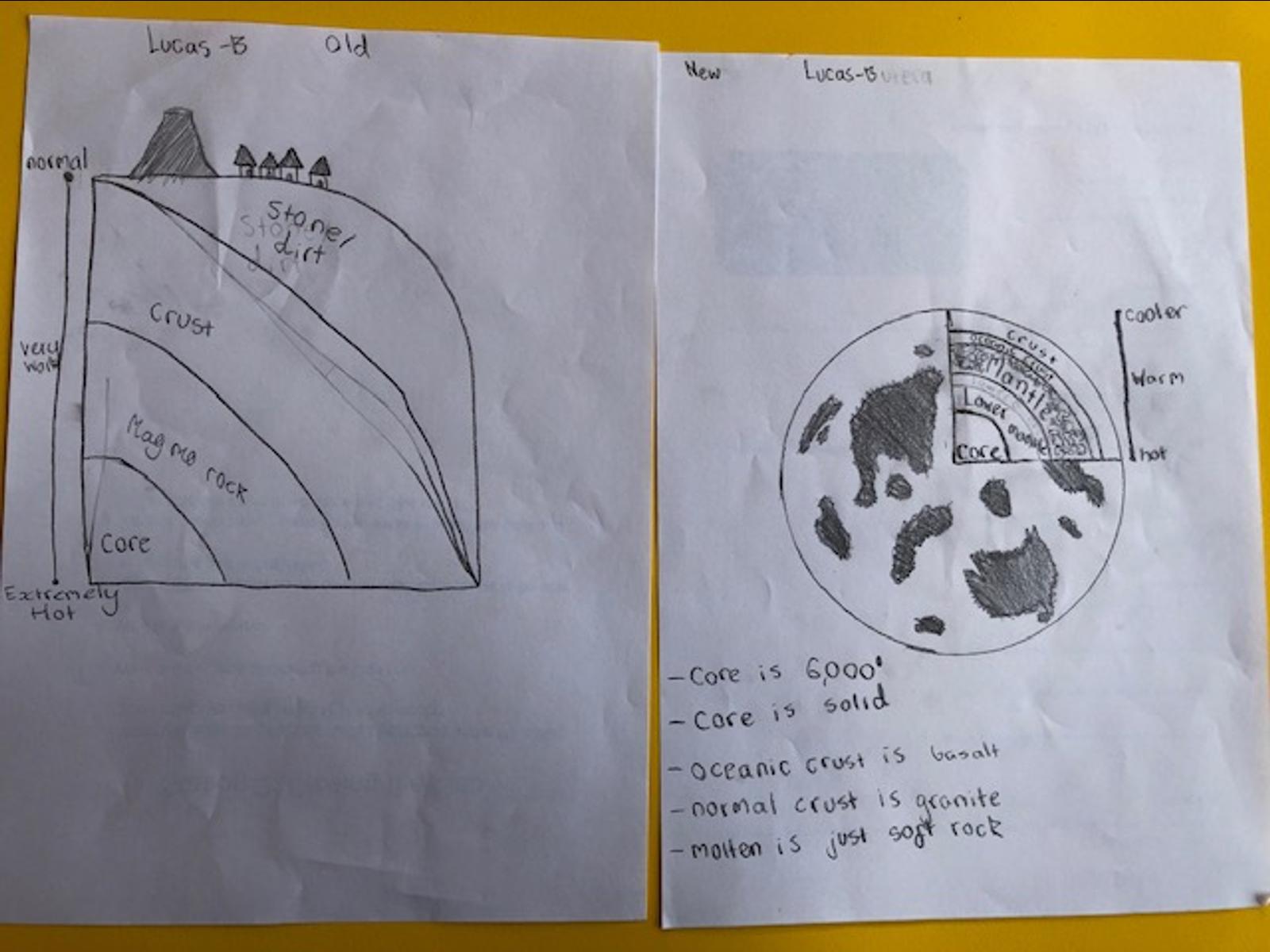Science Education
Julie Garbutt: jgarbutt@srprestonwest.catholic.edu.au
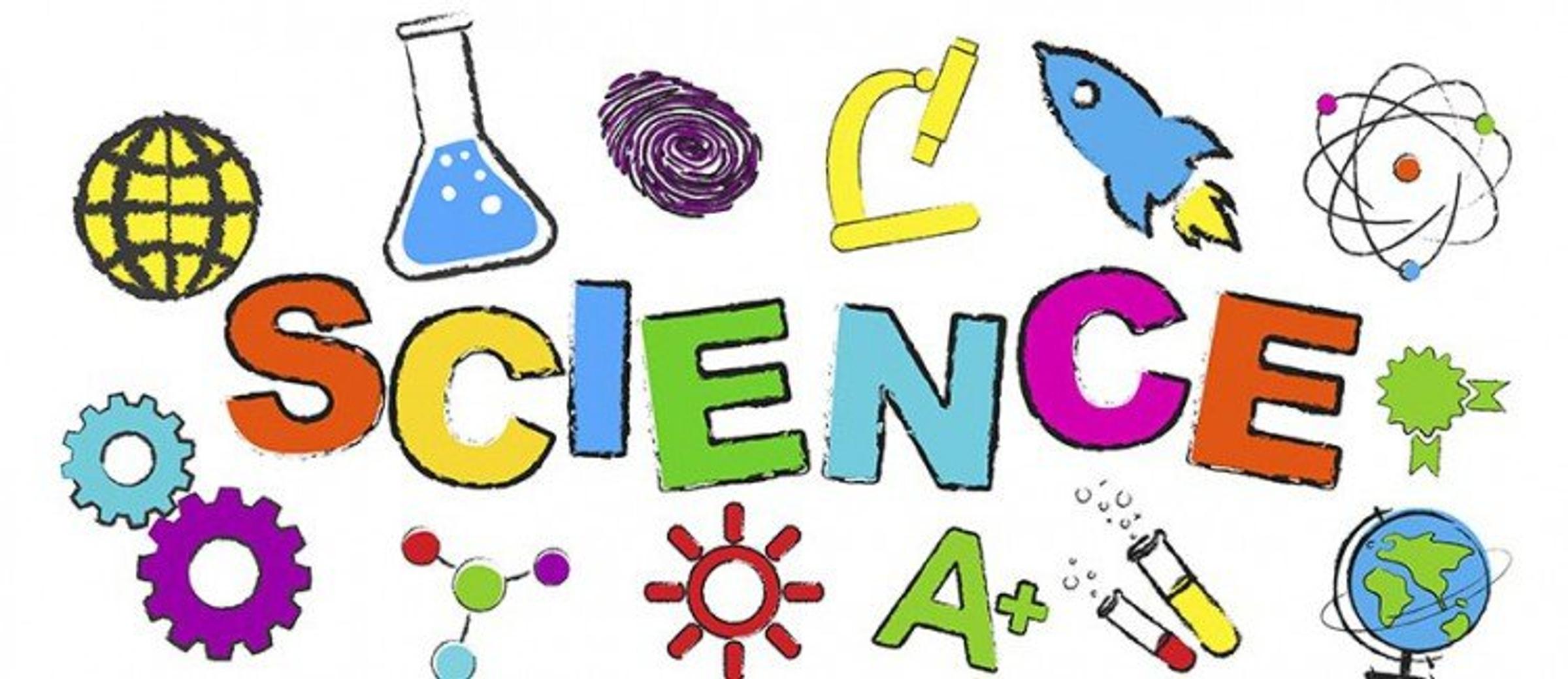
Science Education
Julie Garbutt: jgarbutt@srprestonwest.catholic.edu.au
Having completed their unit on describing the different properties of materials, students engaged in learning aligned to National Threatened Species Day. National Threatened Species Day is held on 7th September each year - the day the last Tasmanian Tiger died. Foundation students learnt how people are helping conserve and protect some threatened species and represented their learning through an ideas map.
In week 10, students learnt more about one threatened species in particular, the Spotted Handfish, by viewing a reading of a picture book (Coco, the Fish with Hands) and creating an information report about the fish.




Week 9, students participated in the full dress rehearsal for the dance concert. However some students were able to view and briefly discuss a clip about conserving some threatened species as part of recognising National Threatened Species Day.
In Week 10, students participated in the Gorri experiment, an Indigenous game demonstrating how shape affects the movement of objects. Gorri is traditionally a disc rolling game played in Central Australia (and many other areas) in which a rounded piece of bark was bowled in front of a line of boys and men who attempted to spear the moving target. Students used tennis balls in place of spears and various different shaped objects (basketball, football, disc).
Students played their game based on magnetism and then had the opportunity to play other teams' games also. Students then reflected on the success and functionality of their game by completing a force arrow diagram. Students greatly enjoyed the process of planning, building and playing the games.
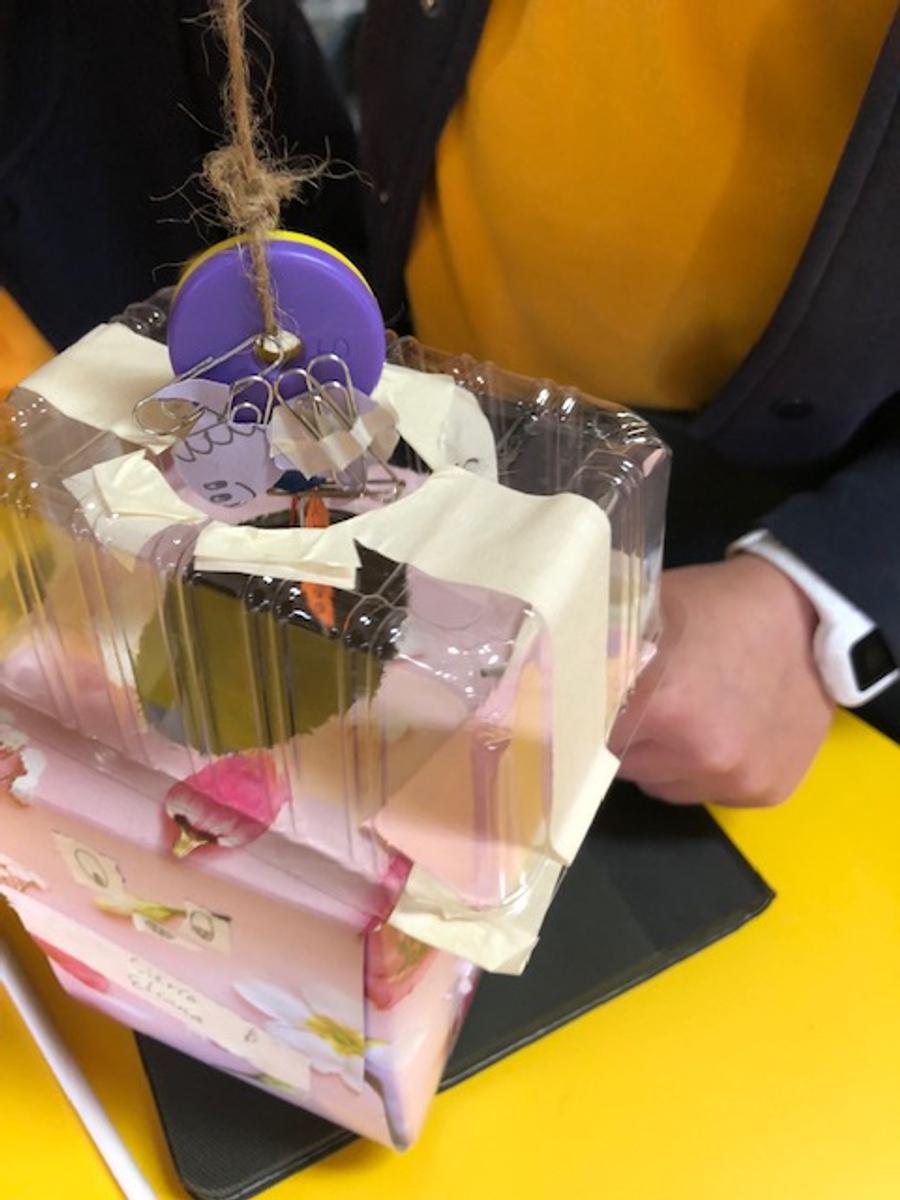

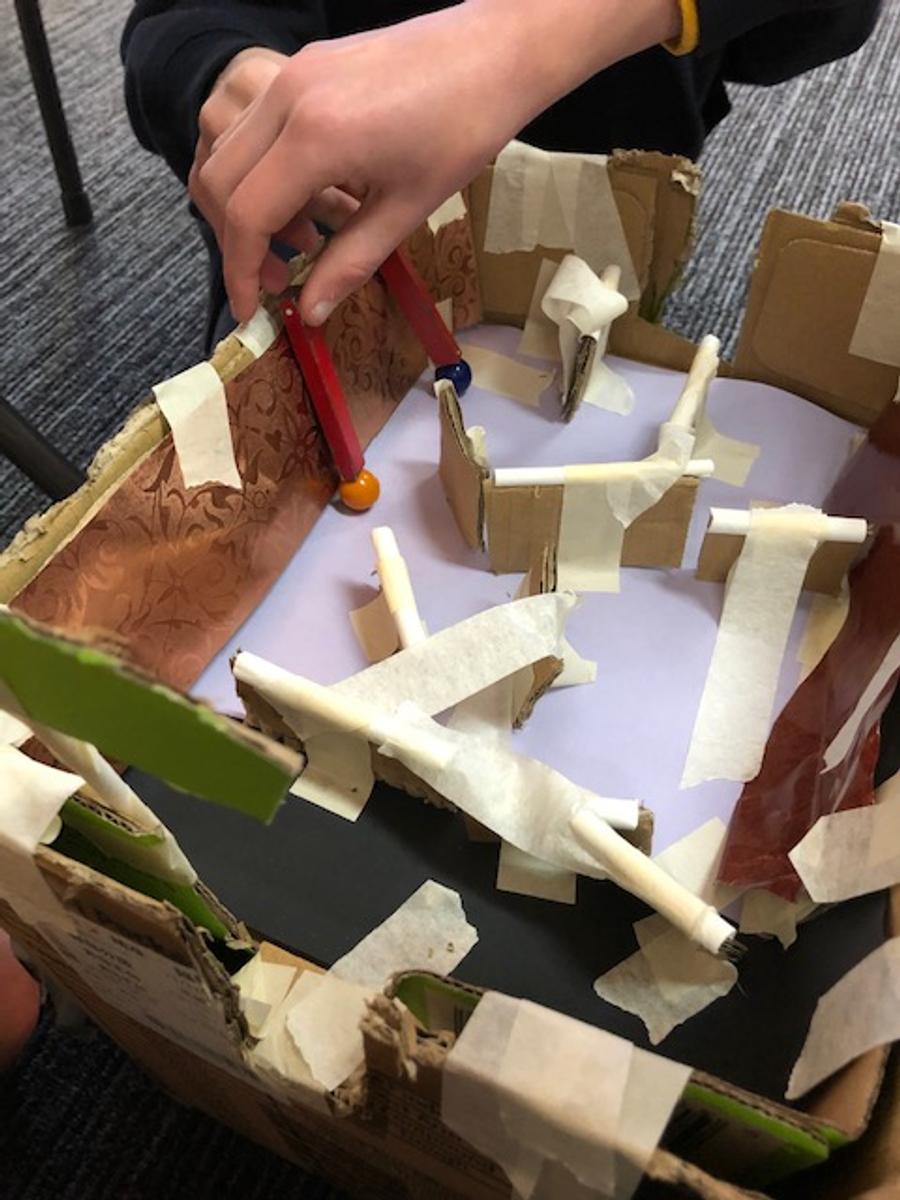


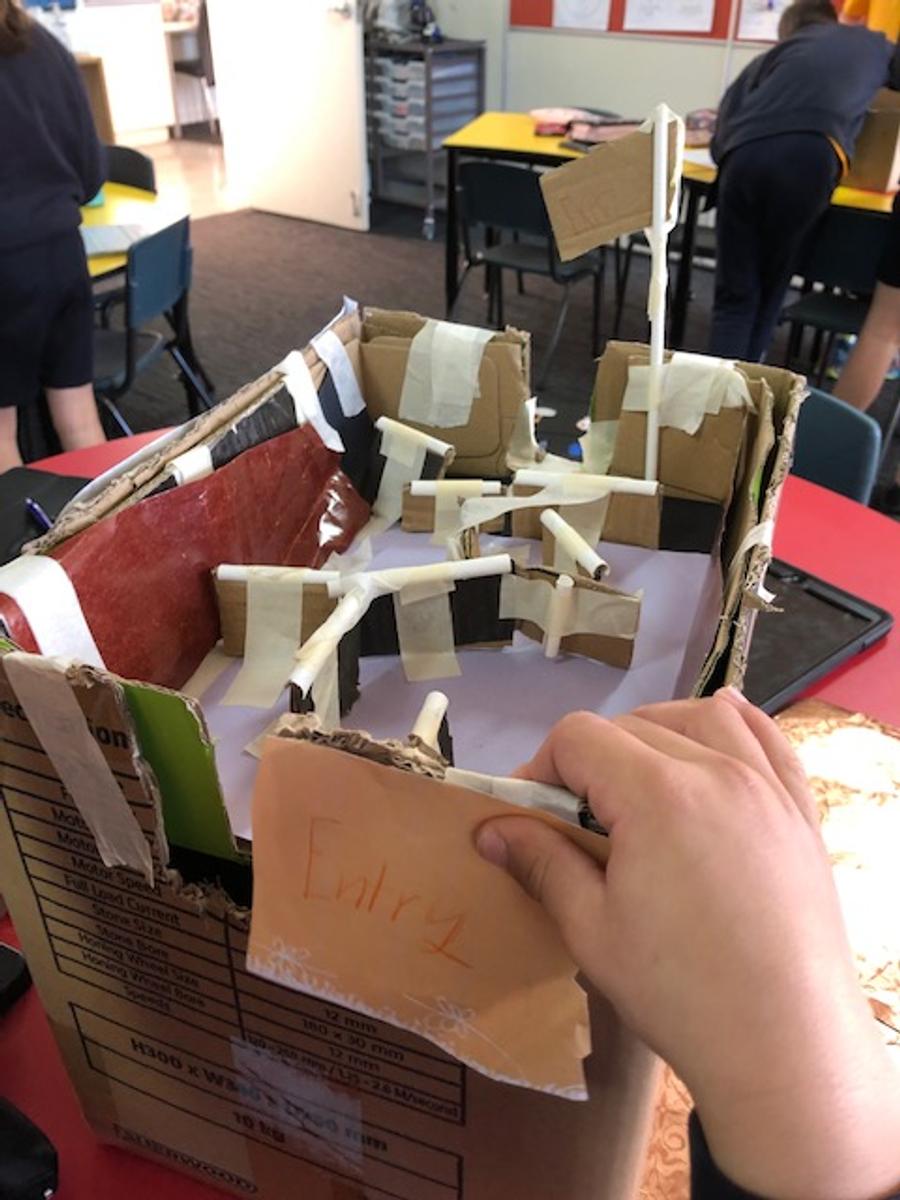






In Week 10, students viewed a clip about conserving threatened species as part of recognising National Threatened Species Day. Students completed a Connect Extend Challenge visual thinking routine in response. This routine stimulates students to connect new ideas to those they already have and encourages them to reflect upon how they have extended their thinking as a result of their learning.
Year 5/6 students learnt about the internal structure of the Earth and how this relates to volcanoes. Students firstly drew or used modelling clay to represent what they know about the inside of the Earth. Students then viewed a clip and updated their drawing or clay model. Students also began working with a partner to produce an information product (poster or Google slides) about a volcano they had previously researched.


